And we can't get enough of these whimsical creatures.
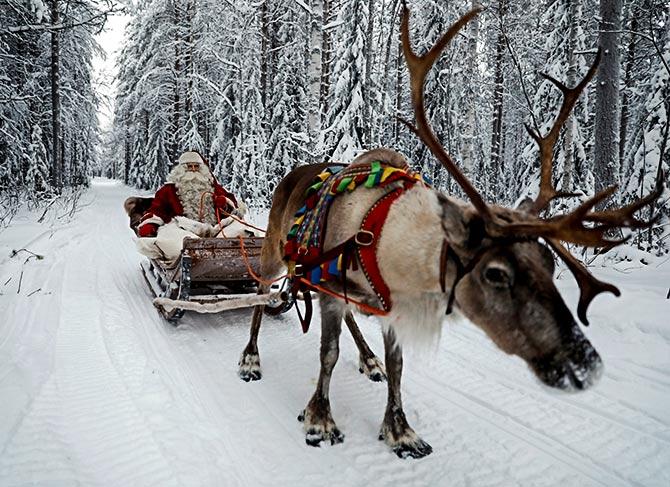
Dasher, is that you?
At home in Rovaniemi, Finland, Santa Claus needs his trusty reindeer as Christmas draws closer.
Photograph: Pawel Kopczynski/Reuters

The Cairngorm Reindeer Herd in Aviemore, Scotland, brings cheer to the holiday season.
They were introduced to the area in 1952 by a Swedish Sami reindeer herder, Mikel Utsi, and this is still the United Kingdom's only reindeer herd.
Photograph: Jeff J Mitchell/Getty Images
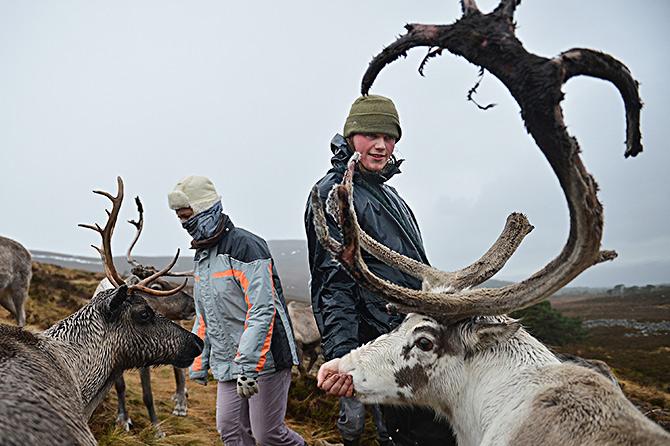
Fun fact: They are the only species of deer in which both the male and the female grow antlers.
Tourists visit the area in the holiday season to frolic with the reindeer and often get the chance to feed them.
Photograph: Jeff J Mitchell/Getty Images
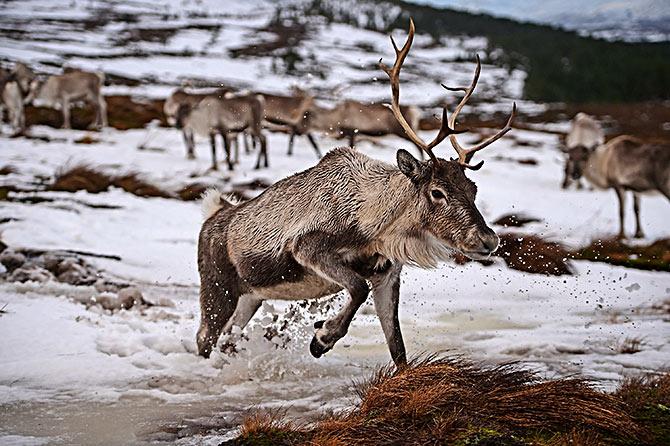
Starting with just a few reindeer, the herd has grown in numbers over the years and is currently at about 130.
The herd rages on 2,500 hectares of hill ground between 450 and 1,309 metres, staying above the tree line all year round regardless of weather conditions.
Photograph: Jeff J Mitchell/Getty Images
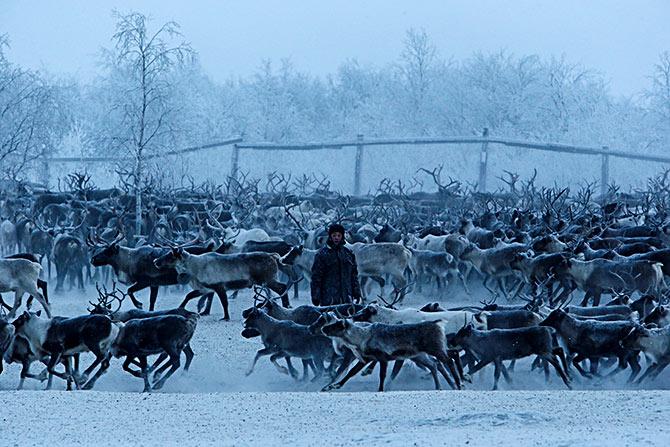
For many reindeer herders this is the time of the year to make money by renting out these magical creatures for Christmas events, but for those in remote Arctic regions like Krasnoye in the Nenets Autonomous District of Russia they are an integral part of day-to-day life.
Photograph: Sergei Karpukhin/Reuters
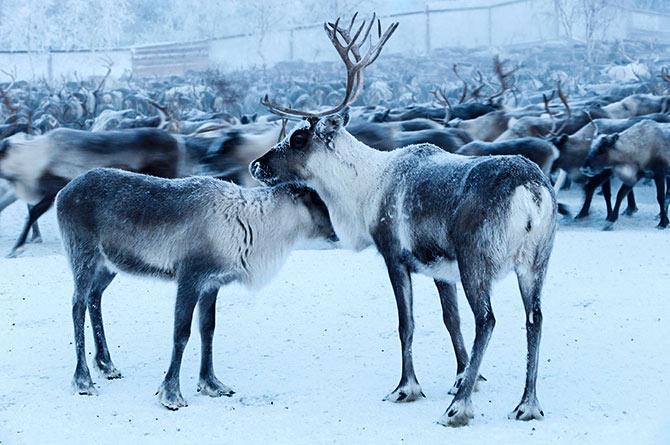
Apart from Russia, there are only eight places on earth that practice traditional reindeer herding -- Alaska, Canada, China, Finland, Greenland, Mongolia, Norway, and Sweden.
And as winter descends, reindeer herders here get to work.
Photograph: Sergei Karpukhin/Reuters/strong>
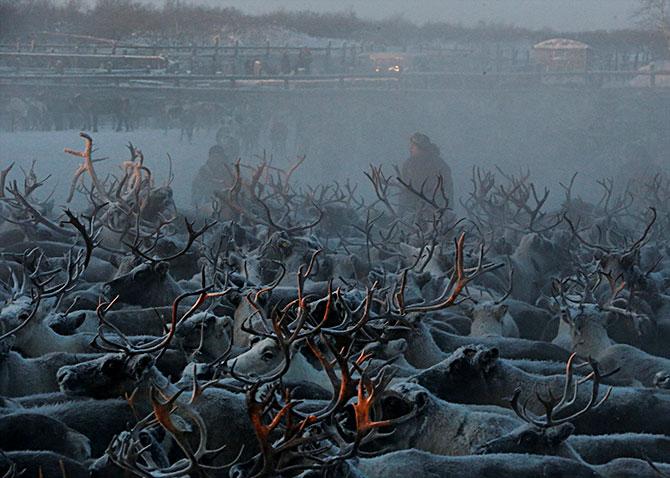
Here the reindeer is not a Christmas accessory. They are raised for transportation and food.
In fact, the reindeer is believed to have played an integral role in the survival of many cultures in the harsh winters -- temperatures here drop to as low as -40ºC -- of the Arctic region.
Photograph: Sergei Karpukhin/Reuters
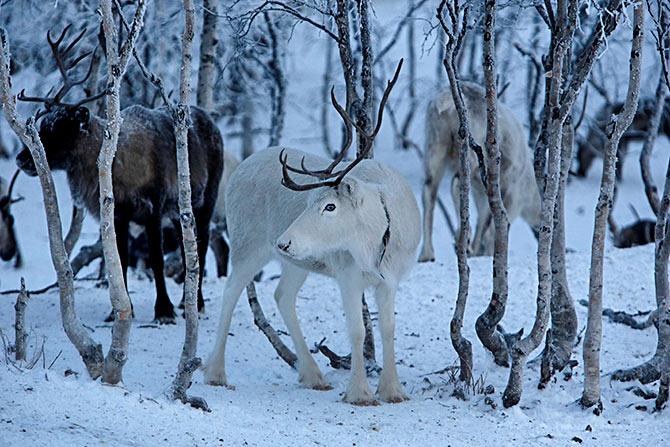
But with every passing year, the ravages of climate change are reducing the numbers of these Christmas icons in their native habitats.
Can we save Rudolph?
Photograph: Sergei Karpukhin/Reuters










